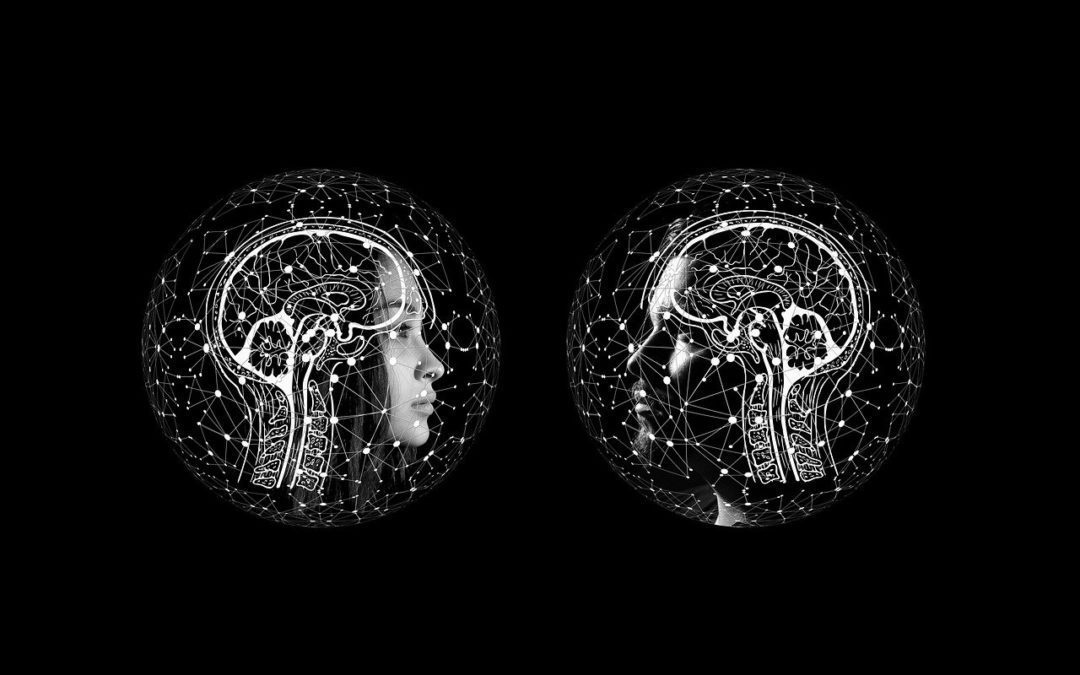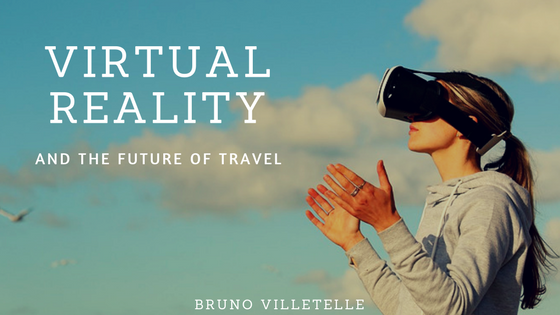
Artificial Intelligence in Life Science — Demystifying the Buzz
This article was originally published to Bruno’s LinkedIn.
The Biotechnology Innovation Organization held its annual convention digitally this year, as part of which I had the opportunity to join the panel, “Demystifying Buzzwords – How Artificial Intelligence and Machine Learning are being used Now in the Life Sciences” with esteemed professionals [1] from all corners of the biotechnology industry.
The discussion is well-timed. Over the past decade we have seen the convergence of massive data sets, near-unlimited computing power, and advanced data science. The most pioneering biotechnology companies have moved beyond the hype. They now use AI and ML to turbo-charge efficiency, power up knowledge, and cut time from data to evidence.
Turbo-Charge Efficiency
AI does more than making a biotechnician’s job easier. The ability to analyze a torrent of data and relate it to tricky questions and challenges allows us to reach new depths and heights. AI and ML broaden our horizons as well. We might all need to become data scientists at some point to leverage the wealth of opportunities.
AI and ML serves as a “force multiplier” as Krishnan Nandabalan described it. After hitting a bottleneck back in 2015, InveniAI started using AI and ML to automate steps which led them to improved efficiency and enhanced analytical capabilities. Similarly, at Centrexion, AI and ML helped Kerrie Brady and the team to “bite big and chew hard” so even as a team of 6, they were able to manage five development projects.
When AI and ML apply to every part of the value chain, these technologies can promote efficiency, effectiveness, and increase probability of success. At Novartis, we are embedding AI and ML across the drug development value chain. We have many initiatives to maximize the value of these technologies to make sure they are not just widespread but also have depth.
Power Up Knowledge
Some professionals think that AI doesn’t just stand for Artificial Intelligence — it is an Accelerator of Innovation. In describing this technology, Moira Gunn said, “There’s no doubt about it; once you’re able to grasp it and put it to work, it accelerates innovation as we know it. That’s brand new, and that’s one of the reasons that our whole industry could change. Not from a test tube, but from data and from information.”
Some also define AI as Augmented Intelligence. AI doesn’t exist and operate in a vacuum; humans are critical to assess the reliability of the input and output, and synthesize collected data further. Aashish Kachru addressed this symbiotic relationship and advised us to “Embrace the job displacement that’s going to come as a result of AI, and move yourself towards higher skill values where you’ll be needed.”
The current global pandemic creates one such circumstance in which higher skill values are necessary. COVID-19 has led to a great deal of renewed connectivity and openness across the pharma industry. Technology such as Natural Language Processing has enabled this effort, scanning millions of publications and tapping into global knowledge to answer an individual team’s questions. An individualistic line of thinking is far too narrow when it comes to AI and ML. The panel highlighted the opportunity to refine the life sciences ecosystem, allowing companies to leverage their strengths and pool decentralized knowledge, as it can help individuals and healthcare professionals make the best informed decisions.
Cut Time from Data to Evidence
Novartis’ data42 program applies advanced analytics to derive medical insights from 2 million patient-years of data. We have primarily focused on bringing that data together and making it AI and ML-ready. These insights contribute to our increasing understanding of diseases and medicine, thereby enhancing R&D decision-making and ultimately #reimagining drug discovery and development by cutting the time from data to evidence.
But it all started with data. This is the condition for knowledge-workers really to be knowledge-workers, as opposed to data janitors and information engineers, creating room for operational, analytical, and experiential value growth, thereby expanding our capabilities.
According to multiple analyses, it can take over a decade to bring a new drug to patients, and only one out of ten drugs is successful. Early AI and ML opportunities have shown the potential to cut years off this timeline and maximize the probability of success. For which, as several panelists pointed out, making AI and ML part of the value chain end-to-end is the key.
Conclusion
The hype that AI and ML are disrupting the way we work is true, to an extent. AI and ML lead to reduced company costs and improved customer experiences, while Price Waterhouse Coopers reports that AI alone is expected to have a $15.7 trillion economic impact by 2030.
Completely in line with Brian Martin stating that “we have moved from myth to value”. As he elaborated, AI and ML “deliver the momentum to change”. The life sciences has become a digital industry powered by AI and ML. For us at Novartis, it is not “if” or “when” AI and ML will help us in our commitment to reimagining medicine. Now, the focus is on scaling it across the entire organization to fuel our unbossed, inspired and curious culture.
I’d like to extend a word of thanks to my esteemed co-panelists, all of whom shared great insights that did wonders to demystify AI an ML and I look forward to continuing and broadening these conversations.
[1] NPR’s Tech Nation host Moira Gunn moderated the panel, which included Altruista Health CEO Aashish Kachru InveniAI LLC President and CEO Krishnan Nandabalan, GSK Consumer Healthcare Director of Search and Evaluation Michael Keane, AbbVie Head of AI in R&D Information Research and Senior Principal Data Scientist Brian Martin, Centrexion Cofounder and former CBO Kerrie Brady, and myself.

